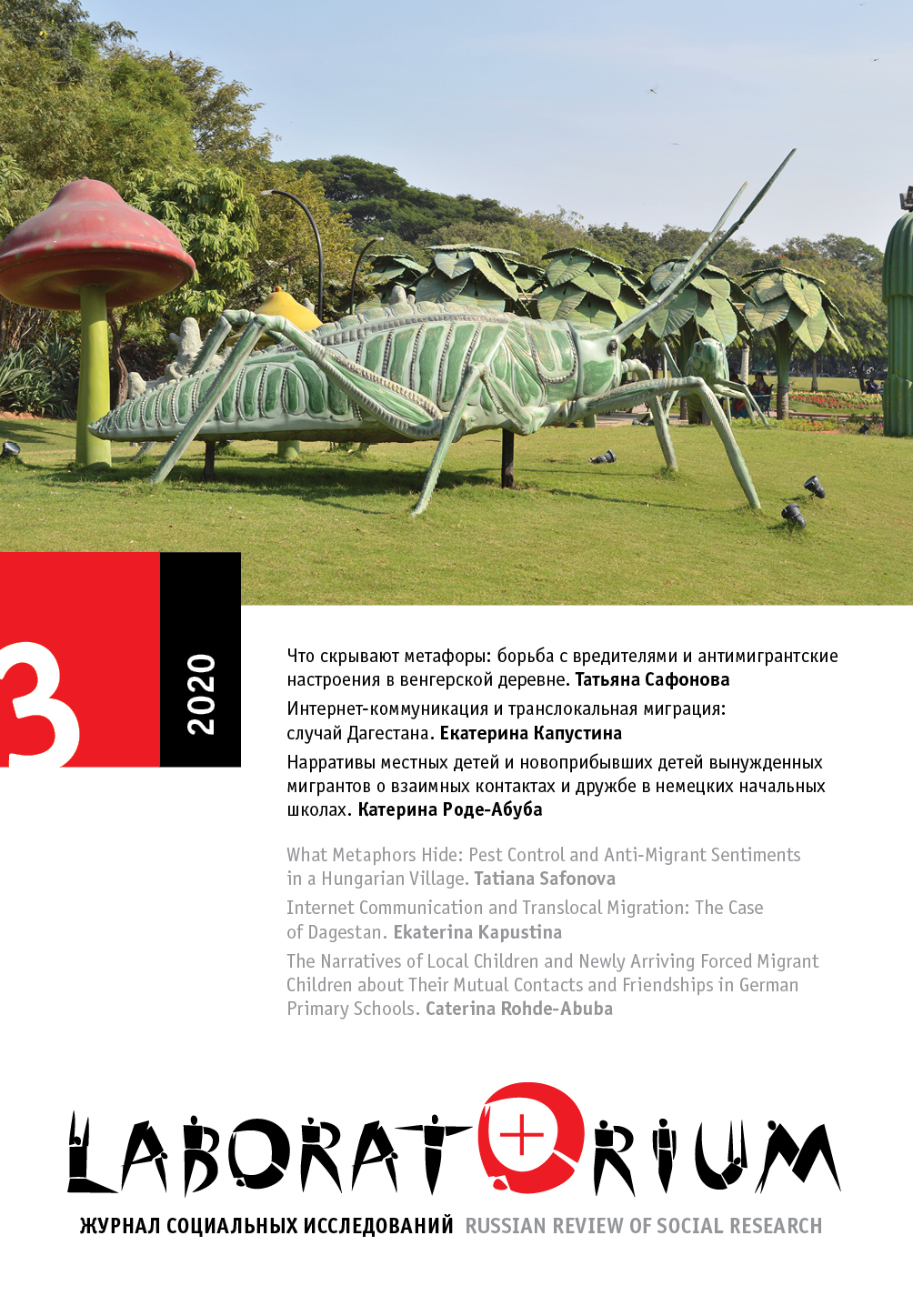The Infrastructure of Distrust and Soviet Oncology in the 1940s–1960s
Main Article Content
Abstract
Alternative cancer treatments have been popular in many countries around the world regardless of their level of social and economic development. This was also the case for Soviet oncology: Soviet patients often turned to alternative methods of cancer treatment instead of official medicine. Scholars have suggested that this was because oncology was a new field of medicine. In its early years (1930s–1950s) oncology had in its arsenal many mutually exclusive theories about the nature of malignant tumors and low effectiveness of treatment. A consequence of this was mistrust among patients and their interest in alternative medicine. Is this explanation suitable for the Soviet case? Are there any peculiarities in the Soviet case that point to uniqueness of the formation of the Soviet oncological system? To address these questions, I analyzed archival documents (diaries and memoires) and data from secondary sources, including available statistics and specialized medical and nonfiction literature on cancer treatments. As the primary theoretical framework I used the sociology of knowledge and the sociology of mistrust. I argue that the Soviet oncological system was founded on the following principles: (1) mass diagnostics; (2) active health education, which convinced people of the curability and effectiveness of medical treatments; and (3) concealment of the diagnosis from patients. To implement these principles, Soviet authorities created a unique infrastructure: dispensaries, health education centers, teaching aids, and popular science literature. However, despite the declared successes, Soviet oncology had low effectiveness and high mortality rates. It worked like this: a low degree of curability as a result of hiding the diagnosis, in the context of widespread education and attempts to recruit people into the diagnostic system. The result was a steady mistrust among patients. The key concept for understanding the peculiarities of the Soviet cancer system is infrastructure. Soviet oncological infrastructure consisted of several elements: diagnostic infrastructure, education infrastructure, and concealment and exposure infrastructure. These elements, working together, form infrastructure of distrust. The material substrate of the Soviet cancer system, its infrastructure, itself is the basis for the production of mistrust, making any attempts to change the system impossible.
Article in Russian
DOI: 10.25285/2078-1938-2020-12-3-126-149
Keywords
Soviet Oncology, Complementary and Alternative Medicine, Soviet Medicine, Sociology of Knowledge, Sociology of Distrust
Abstract 201 | PDF (Русский) Downloads 250


